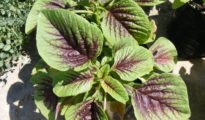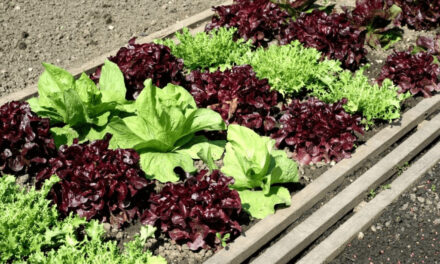Learn how to grow edamame plants with this easy to follow gardening guide and you'll have your own edamame plant in no time! But before we get into how to grow edamame plants, let's take a quick look at the history of the plant and what it actually is. Edamame is a popular type of soybean that is often eaten as a snack or side dish. The word “edamame” comes from the Japanese words for “beans” and “branches,” which is fitting since the beans are often served on branches or in pods.
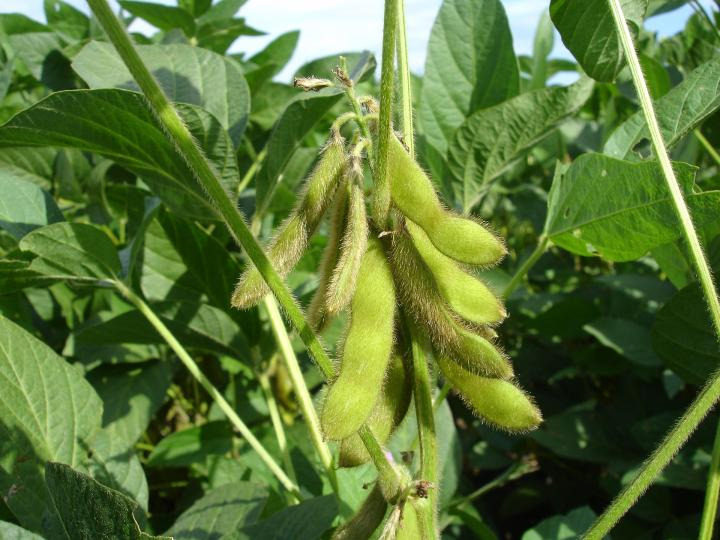
Edamame beans are typically harvested when they are still young and tender, and they can be cooked in a variety of ways. Boiling is the most common method, but edamame can also be steamed, stir-fried, or even grilled. In addition to being a delicious and healthy food, edamame also has a number of cultural significance. In Japan, for example, edamame is often served as part of a ceremonial meal or given as a gift. Regardless of how it is eaten, edamame is sure to be a hit with everyone at the table.
How Long Does it Take to Grow Edamame Plants?
Edamame is a type of soybean that is harvested before it has a chance to mature. As a result, edamame beans are smaller and more delicate than full-grown soybeans. Edamame is typically grown in pods, which contain two or three beans each. The edamame plant grows best in warm climates, and takes about 100 days to mature. The beans are ready to harvest when they are dark green and plump. At this point, the edamame plant will be about 2-3 feet tall.
Fresh edamame can be eaten straight off the plant, or cooked in boiling water for 2-3 minutes. Frozen edamame can be cooked in the same way, but may take longer to cook through. Canned edamame is already cooked, and can be eaten as is or heated up. Because edamame is a relatively new crop in the United States, there is still some variability in the length of the growing season depending on the region where it is being grown. However, with proper care and attention, edamame can be a delicious and healthy addition to any meal.
How to Grow Edamame Plants
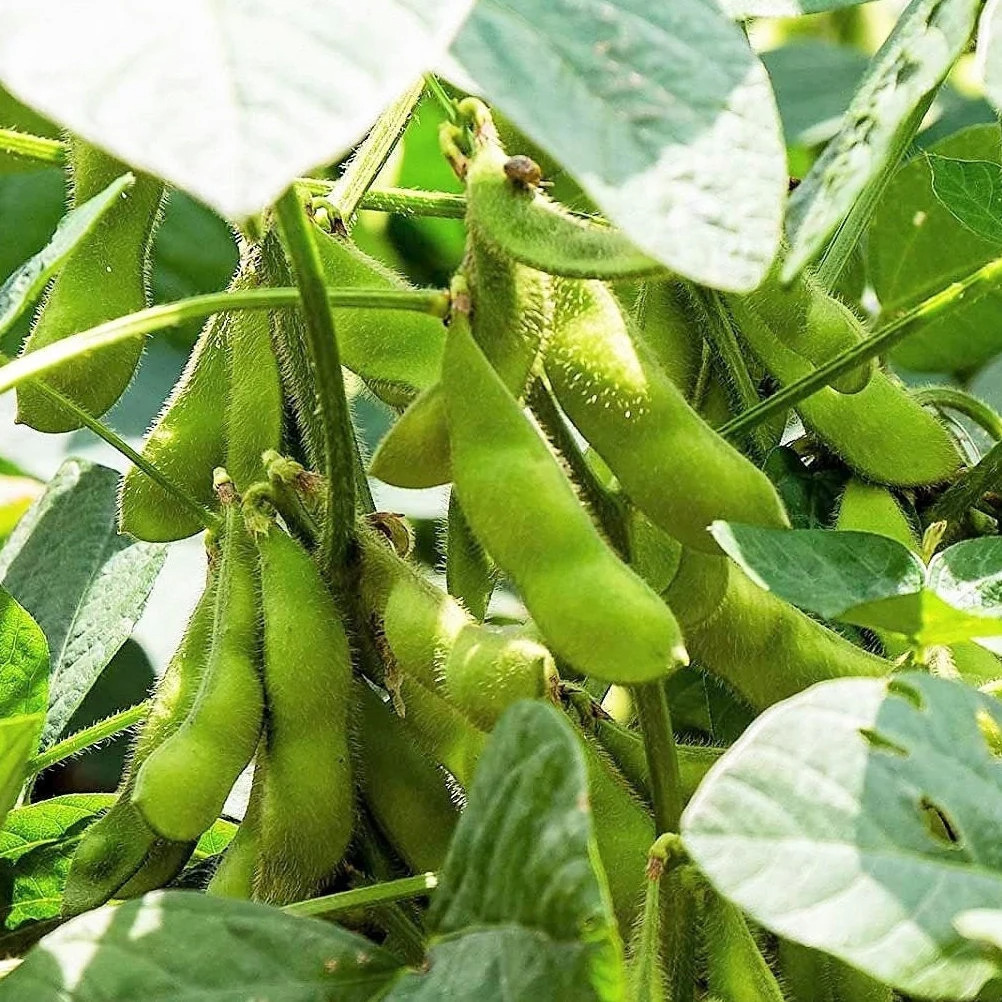
To grow edamame at home, you will need a space with full sun and good drainage. Before you get started, it is important to select a quality seed packet or starter plant. Once you have your edamame seeds or plants, be sure to prepare your soil by incorporating compost or other organic materials. This will give your edamame the nutrients it needs to thrive.
Lay down a thick layer of compost or well-aged manure in your garden bed. This will provide the edamame seeds with essential nutrients as they germinate and begin to take root in the soil. Once you have laid down the compost, sow your edamame seeds evenly across the garden bed. Be sure to space them at least 6 inches apart, so that they have enough room to grow and develop into full edamame plants.
How to Care for Edamame Plants
Once your edamame seeds are sown, keep the soil consistently moist but not too wet. Depending on how warm it is where you live, this may mean watering daily or only once or twice per week. Be sure not to overwater your edamame, as excess moisture can cause the seeds to rot. It is also important to be sure that your edamame plants receive plenty of sunlight; at least 6 hours per day is recommended for optimal growth. As long as you follow these basic guidelines and provide your edamame plants with the right conditions for growth, they should begin producing edamame pods within a few months. When the pods are fully developed and filled with tiny green beans, simply pick them off the plant and enjoy this delicious and nutritious vegetable!
Where Does Edamame Grow Best?
While edamame can be grown in many different climates, it tends to thrive in warm weather. In the United States, edamame is typically grown in the southern states, as the plants require a long growing season. The beans are typically ready to harvest after 90-120 days. After harvesting, the edamame can either be consumed fresh or frozen for later use.
How to Harvest Edamame Plants
To harvest edamame plants, wait until the pods have plumped up and the leaves are starting to turn yellow. Then, cut the stems about an inch below the pods using a sharp knife. Edamame is best enjoyed fresh, so try to eat it within a day or two of harvest. If you need to store it for longer, place the edamame in a perforated plastic bag and store it in the refrigerator. With a little care, you can enjoy fresh edamame all season long.
Edamame Plant Pests and Diseases
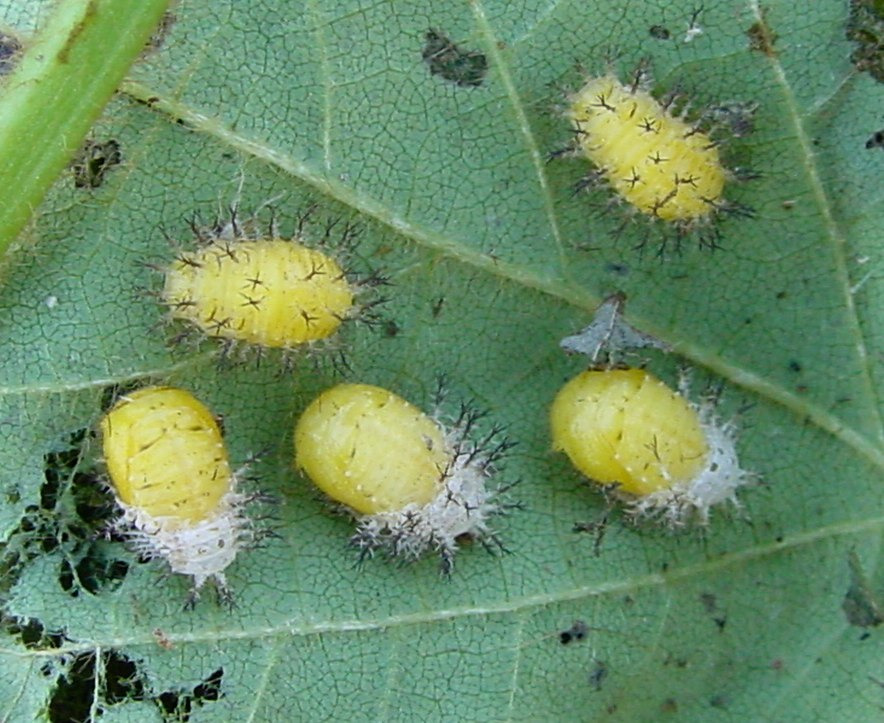
Edamame are a popular vegetable crop that is grown extensively throughout the world. Although edamame plants generally thrive and produce high yields, they can be vulnerable to a range of pests and diseases. In particular, insects such as aphids and beetles can cause significant damage to edamame plants by feeding on the leaves and buds. With large numbers of these pests present in the garden, edamame growth may be severely stunted or even halted entirely.
Additionally, edamame plants can be susceptible to fungal diseases like powdery mildew. These pathogens spread quickly between plants and cause patches of dead tissue on the leaves that can make edamame difficult to harvest or even unmarketable. To prevent pest and disease problems in edamame crops, it is important to regularly inspect your plants for signs of infestation or infection. Additionally, using crop rotation techniques and keeping weeds under control can help reduce exposure to harmful pathogens that sometimes build up in soil over time. By taking proactive steps to keep edamame healthy and minimize pest threats, plant growers can ensure that their edamame crops remain productive and profitable for years to come.
How to Use Fresh Edamame Pods
Edamame is a versatile ingredient that can be used in a variety of dishes. It can be enjoyed as a snack, added to soups and salads, or used as a replacement for traditional protein sources such as chicken or beef. When purchasing edamame, look for pods that are bright green and plump. Avoid pods that are yellow or brown, as these may be past their prime. To prepare edamame, simply steam or boil the pods for 3-5 minutes until they are tender. Once cooked, edamame can be enjoyed plain, or seasoned with salt, pepper, or your favorite spices. For a heartier meal, edamame can also be stir-fried with vegetables or rice. So next time you're looking for a healthy and delicious way to change up your meal routine, don't forget about edamame!


